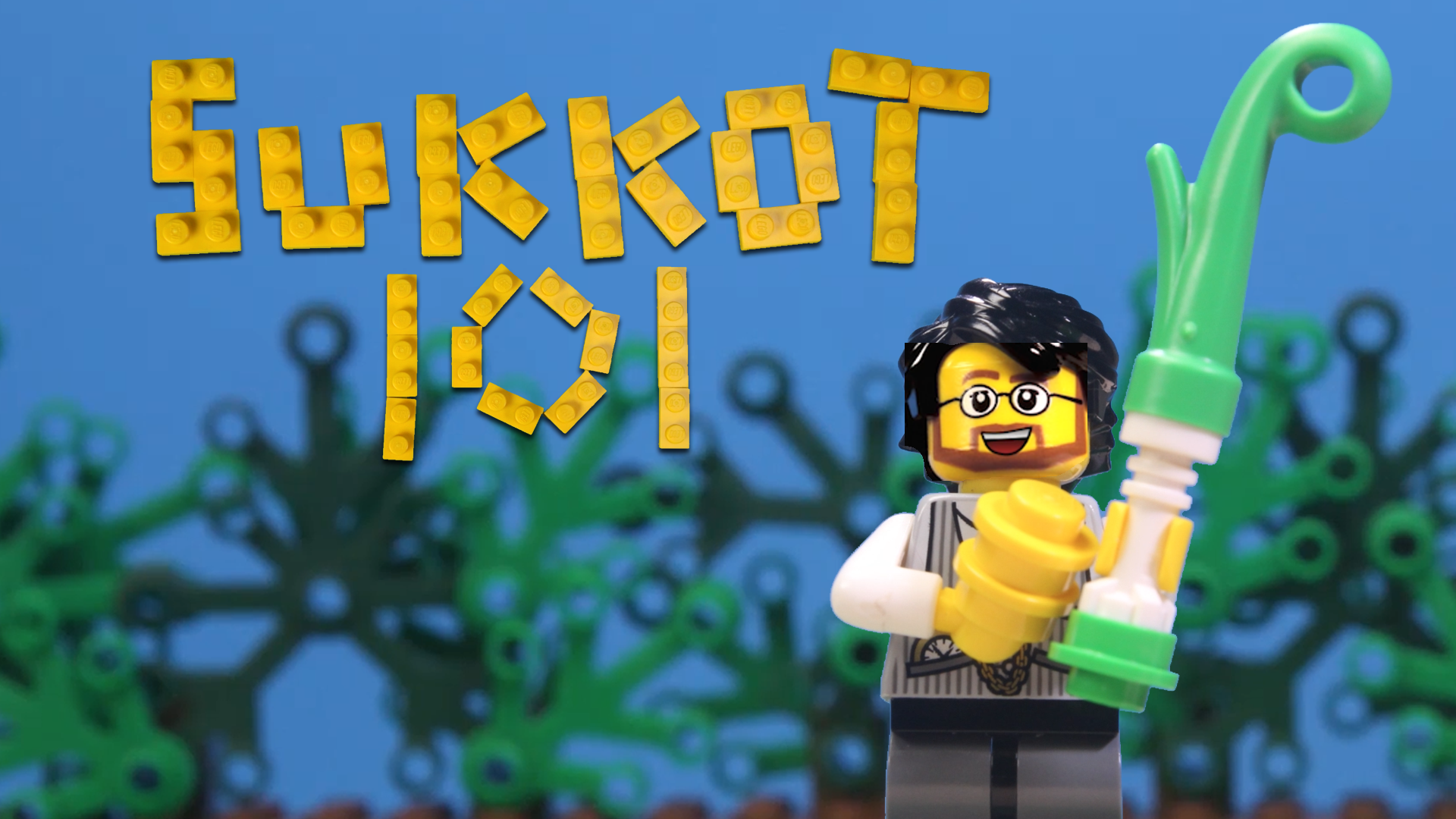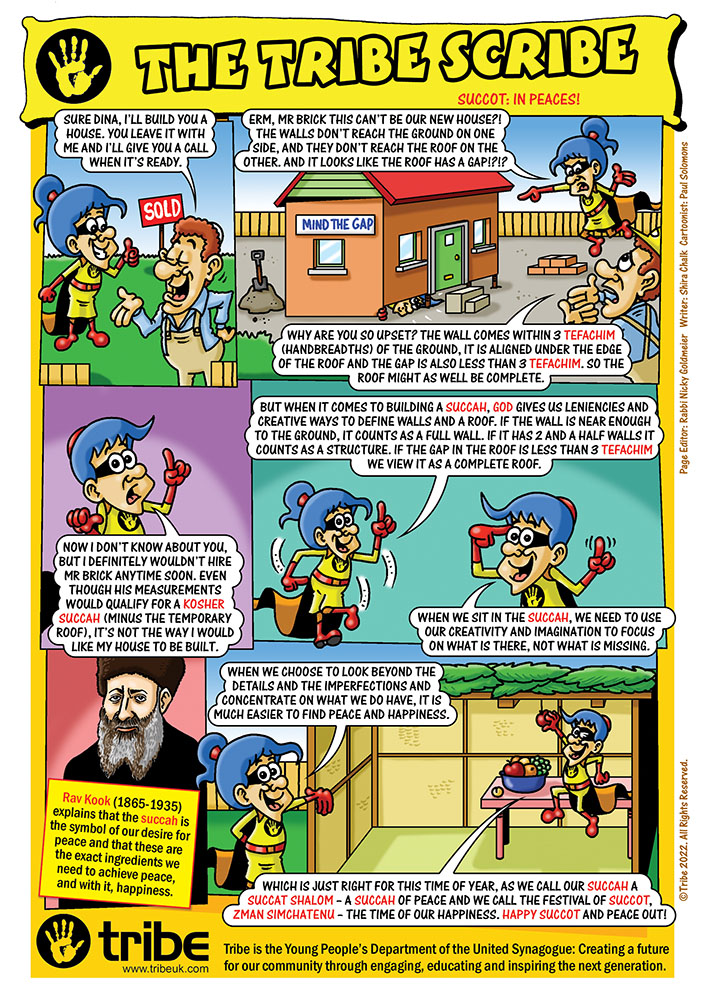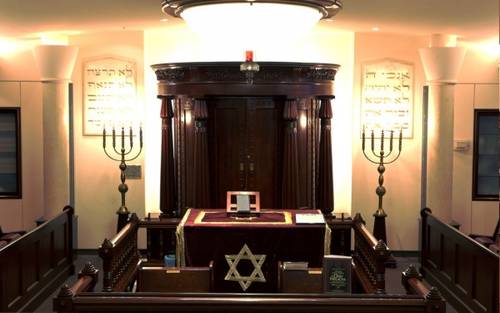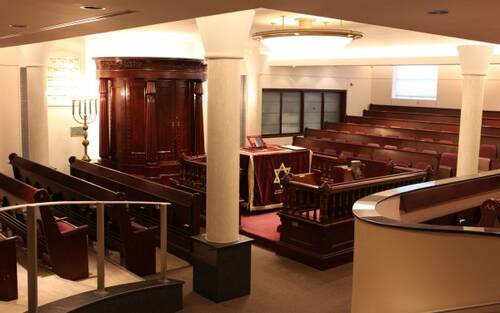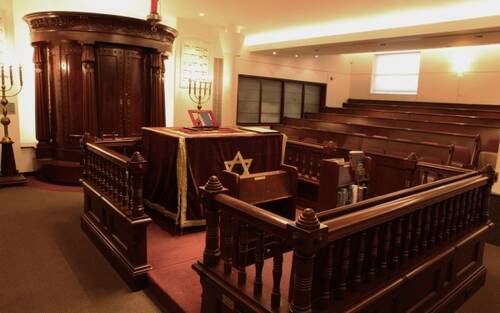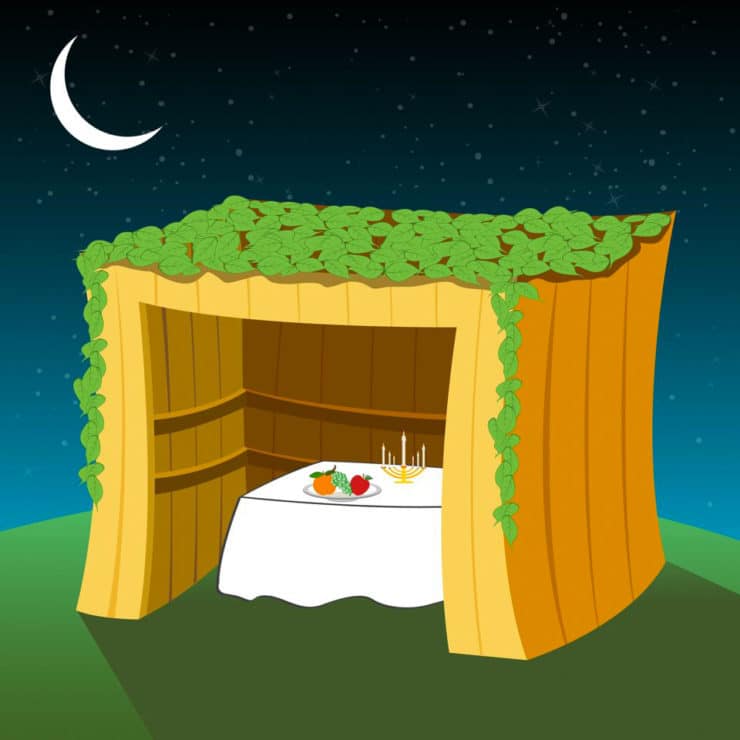Bonjour / Hello [nickname_else_first_name],
Table of contents
1) Perashat Hashavoua - Rabbi Eli Mansour
2) Halakhat Hashavoua (Halakhot related to day to day life) - Hazzan David Azerad
- laws of Sukkot
3) Holy Jokes!
4) FOR KIDS!
Sukkot[a] is a Torah-commanded holiday celebrated for seven days, beginning on the 15th day of the month of Tishrei. It is one of the Three Pilgrimage Festivals (Hebrew: שלוש רגלים, shalosh regalim) on which those Israelites who could were commanded to make a pilgrimage to the Temple in Jerusalem. In addition to its harvest roots, the holiday also holds spiritual importance with regard to its abandonment of materialism to focus on nationhood, spirituality, and hospitality, this principle underlying the construction of a temporary, almost nomadic, structure of a sukkah.[2]
The names used in the Torah are Chag HaAsif, translating to "Festival of Ingathering" or "Harvest Festival," and Chag HaSukkot, translating to "Festival of Booths".[3] This corresponds to the double significance of Sukkot. The one mentioned in the Book of Exodus is agricultural in nature—"Festival of Ingathering at the year's end" (Exodus 34:22)—and marks the end of the harvest time and thus of the agricultural year in the Land of Israel. The more elaborate religious significance from the Book of Leviticus is that of commemorating the Exodus and the dependence of the People of Israel on the will of God (Leviticus 23:42–43). It is also sometimes called the "Feast of Tabernacles"[3] or Feast of Booths.[4][3]
The holiday lasts seven days in the Land of Israel and eight in the diaspora. The first day (and second day in the diaspora) is a Shabbat-like holiday when work is forbidden. This is followed by intermediate days called Chol Hamoed, when certain work is permitted. The festival is closed with another Shabbat-like holiday called Shemini Atzeret (one day in the Land of Israel, two days in the diaspora, where the second day is called Simchat Torah). Shemini Atzeret coincides with the eighth day of Sukkot outside the Land of Israel.
The Hebrew word sukkōt is the plural of sukkah, "booth" or "tabernacle", which is a walled structure covered with s'chach (plant material, such as overgrowth or palm leaves). A sukkah is the name of the temporary dwelling in which farmers would live during harvesting, reinforcing agricultural significance of the holiday introduced in the Book of Exodus. As stated in Leviticus, it is also reminiscent of the type of fragile dwellings in which the Israelites dwelled during their 40 years of travel in the desert after the Exodus from slavery in Egypt. Throughout the holiday, meals are eaten inside the sukkah and many people sleep there as well.
On each day of the holiday it is a mitzvah, or commandment, to perform a waving ceremony with the Four Species, as well as to sit in the sukkah during the holiday.
-Wikipedia
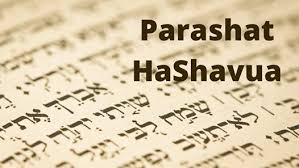
This Week's Parasha Insight with Rabbi Eli Mansour
Succot- How Does One Choose a Kosher Etrog?
What should a person look for when purchasing an etrog? First, one should be careful to purchase etrogim from an orchard which maintains a tradition that their etrogim are not grafted, as almost all halachic authorities invalidate grafted etrogim.
Regarding the etrog itself, it is crucial to understand what is law, and what is custom, as many are unnecessarily strict when choosing an etrog. While examining an etrog, one should take the etrog, and hold it at the distance at which he would hold a sefer. He should turn the etrog slowly, and look at the top third of the etrog. If there are no visible black spots, during the first time he turns the etrog, the etrog is valid.
If one finds black spots on the top third of the etrog, even on the neck of the pitom, the etrog is pasul (Shulhan Aruch 648:16). If, however, a black spot is found on the wooden part of the pitom, or the oketz, or under the top third of etrog, it is not considered to be "hadar" and it is not valid.
At times, there are brown spots or scabs on the etrog.The Mishna Berura refers to these scabs as "blettlach." The etrog is sometimes bruised while still on the tree, and a small, brown "scab" grows over the bruise. These blettlach are not a problem and the etrog is kosher.
The Klausenberger Rebbe once said that there are four things in Judaism which are meant to be "complete": emuna shleima (belief), teshuva shleima (repentance), refua shleima (good health), and geula shleima (redemption). He added that these four things are representing by the letters of the etrog: Emuna, Teshuva, Refua, and Geula. People strive to buy a perfect etrog, not only for the etrog’s sake but for the sake of what it represents.
Summary: When choosing an etrog one should ensure that there are no easily visable black spots on the top third of the etrog. Brown spots or scabs are permitted.
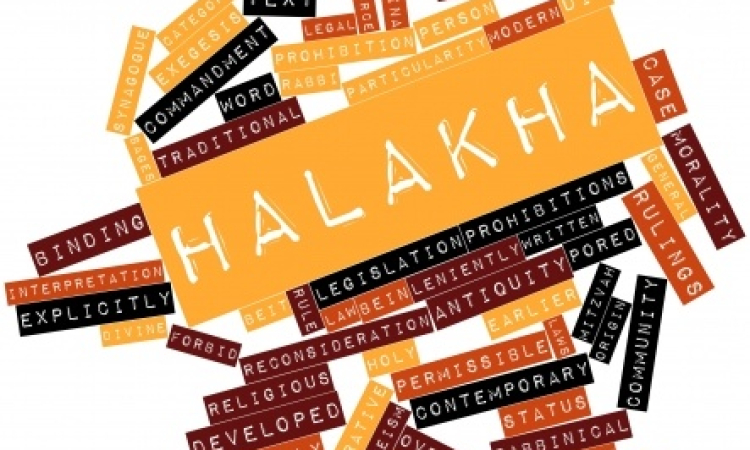
The laws of Hag Sukkot from according to the rulings of Maran Rabbi Obadiah Yosef ZT’L
What is the minimum amount of Motzi one needs to eat in the Sukkah the first night?
It is a Mitzvah from the Torah to eat an amount of olive (27 grams) of bread on the 1st night of Yom Tov in the Sukkah.For Sephardim it is only when eating bread in the Sukkah one should say L’Shev Basukkah and not for Mezonot or any other foods.
The First day this year for Blessing on the Lulav and Etrog will be on a Sunday and there are 2 blessings that are said the first “Al netilat Lulav the second is Shehecheyanu.
Bevirkat Shabbat Shalom
Chag Sameach
David Azerad
3) HOLY JoKeS!!
Selection of funny snippets, loosely related to this weeks parashah or current events, to brighten your day
In court, the landlord argued that the sukkah was unsightly, against the terms of the lease, and was a fire hazard. Moishe argued his religious rights. The judge, who happened to be Jewish, listened patiently and then offered his verdict.
“I agree with the landlord in this case, and I therefore rule that you have eight days to take down your hut.”
Sukkot 1957 – Elvis Presley had been on a visit to Israel. He was fascinated by all the booths he saw and by the religious men waving their lulavim and etrogim. When he got back to the U.S.A. he told Tom Parker, his manager, how wonderful his trip had been. Inspired by it all he sat down and wrote the top hit – “I’m all shook up”.

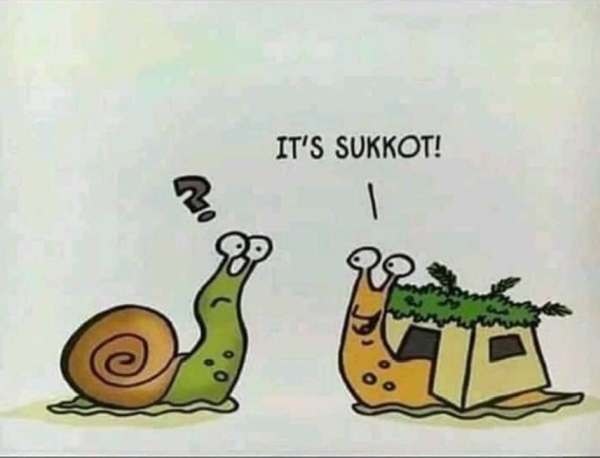
4) FOR KIDS
Click on the image to open the youtube video
